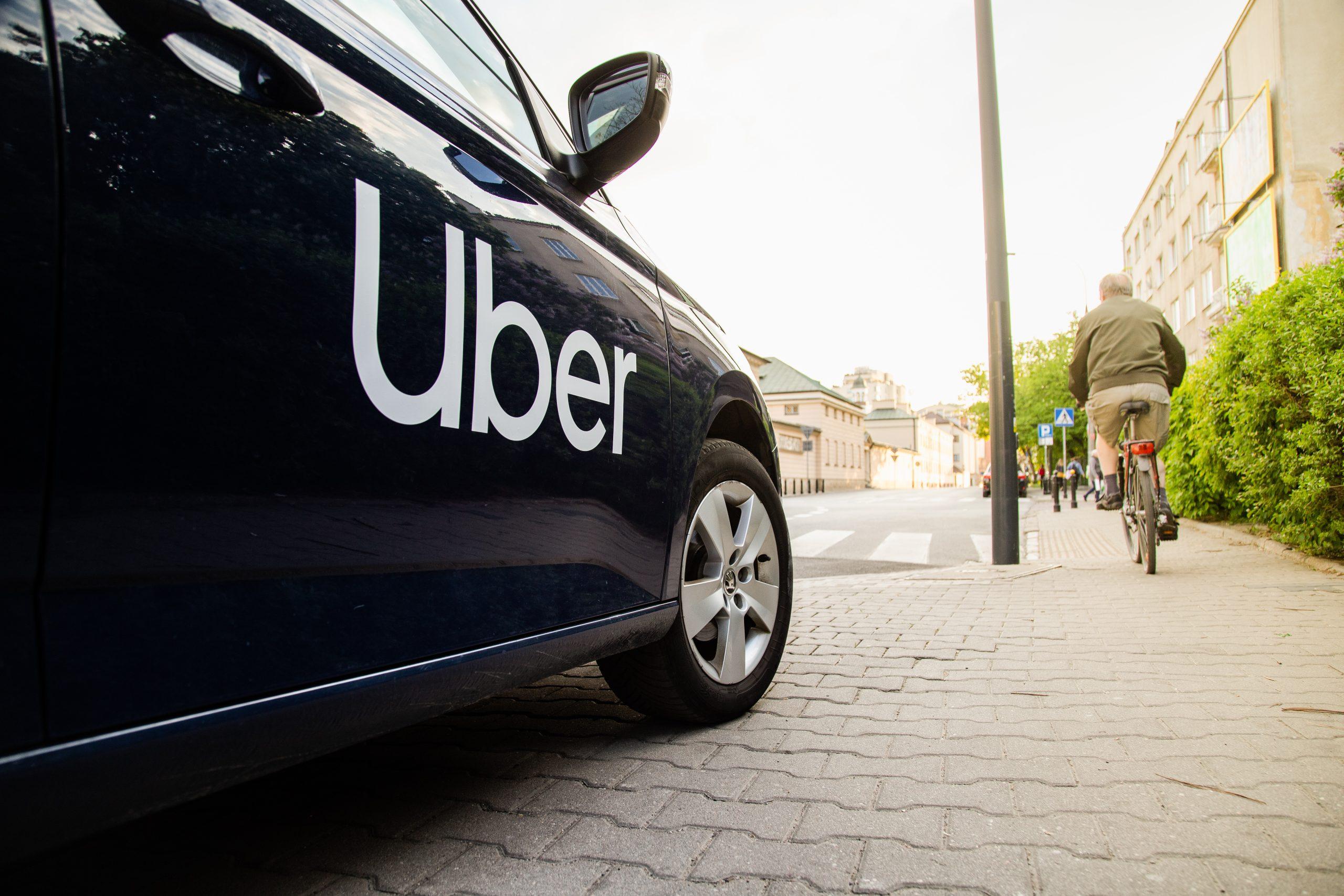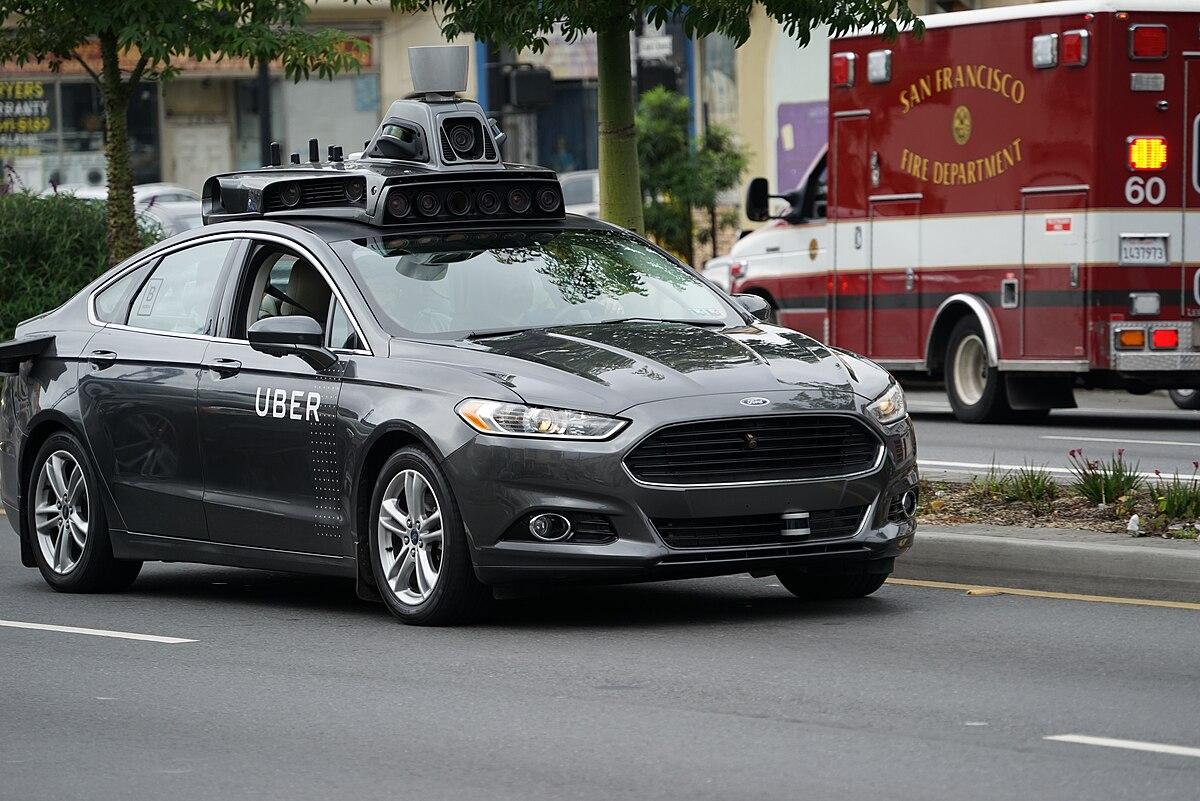Enhancing customer Experience Through Integrated Services
In an increasingly competitive market, companies are recognizing the importance of offering a seamless experience that transcends individual services. By integrating various offerings, Uber’s leadership is taking bold steps to create a more cohesive ecosystem for users. this strategy not only enhances the overall journey for customers but also empowers them to engage with multiple services all within a single platform. Among these integrated offerings are:
- Ride-sharing: Simplifying transportation with fast access to cars.
- Food delivery: Expediting meal ordering through Uber Eats at the tap of a button.
- Freight services: Streamlining logistics for businesses needing shipping solutions.
- Micro-mobility options: Access to e-bikes and scooters for short-distance travel.
This holistic approach not only addresses the diverse needs of Uber’s customer base but also leverages data to provide personalized recommendations, discounts, and rewards. With features like in-app notifications about special deals across thier various services, users are nudged towards trying new offerings, resulting in increased customer retention and satisfaction. The integration fosters loyalty and transforms the way customers interact with the brand, positioning Uber as a one-stop-shop for mobility and delivery needs.

Expanding Loyalty Programs to Boost User Engagement
As Uber continues to diversify its offerings,the company is rethinking how it engages its users through innovative loyalty programs. By creating an ecosystem that encourages customers to explore all its services—from ride-sharing to food delivery and freight logistics—Uber aims to foster deeper connections with users. These initiatives are not just about discounts; they are intended to provide a seamless experience that incentivizes customers to use Uber’s full suite of services and keeps them coming back for more.
To enhance user engagement, Uber’s loyalty programs could incorporate features such as:
- Tiered Rewards: Users could earn points that elevate their membership status, unlocking exclusive benefits like priority customer support or free upgrades.
- Cross-Service Bonuses: Customers who order food through Uber Eats could receive ride discounts, incentivizing them to engage with multiple aspects of the platform.
- Referral Incentives: offering rewards for users who bring friends into the Uber ecosystem would not only expand the customer base but also create a community of brand advocates.
These strategies could ultimately transform the user experience, making loyalty feel more like a partnership then a transactional relationship, while significantly boosting user engagement across all of Uber’s services.

Leveraging Technology for Personalized Marketing Strategies
In an era where consumer preferences are ever-evolving, utilizing advanced technology has become a cornerstone of effectively reaching and engaging users. The integration of data analytics and machine learning algorithms allows companies like Uber to gather insights into individual customer behaviors and preferences. Consequently, Uber has enhanced its marketing initiatives by personalizing user experiences across its various services, including ridesharing, food delivery, and freight logistics.
To this end, Uber is implementing dynamic marketing strategies that not only promote specific offerings but also cater to the unique needs of each customer. These strategies encompass:
- Targeted Promotions: Leveraging customer data to design promotions that resonate with users’ travel habits.
- Customized Communication: employing segmented messaging that addresses individual preferences and past interactions.
- Predictive Recommendations: Utilizing AI to forecast user needs based on past data, thereby suggesting services they are likely to require.
This tailored approach not only fosters customer loyalty but also encourages users to explore the full suite of Uber’s offerings, ultimately benefiting the brand’s bottom line.

Fostering Partnerships to increase Brand Reach and Service adoption
In a bold move to bolster customer loyalty and expand its service offerings, Uber’s CEO has been actively forging alliances with various stakeholders across multiple industries. These partnerships not only enhance the visibility of Uber’s diverse services but also create a seamless user experience for customers. By collaborating with businesses in sectors such as food delivery, logistics, and even entertainment, Uber is poised to capture a larger share of the market while simplifying access to its services. key components of this strategy include:
- Collaborative Promotions: Joint marketing campaigns that incentivize users to try out multiple Uber offerings.
- Integrated Services: Bundling rides, deliveries, and other services to provide greater value and convenience.
- Innovative Partnerships: Aligning with local businesses and events to create unique experiences for customers.
moreover,these strategic alliances allow Uber to tap into established customer bases and leverage existing brand trust. By aligning itself with credible partners, Uber is not just amplifying its reach but significantly enhancing service adoption rates.The CEO’s vision seems clear: transform Uber from a mere transportation provider into an all-inclusive lifestyle brand that caters to the daily needs of its users. The outcome of these initiatives is likely to redefine how consumers perceive and engage with Uber’s extensive range of services, fostering a holistic ecosystem that encourages loyalty and frequent usage.
